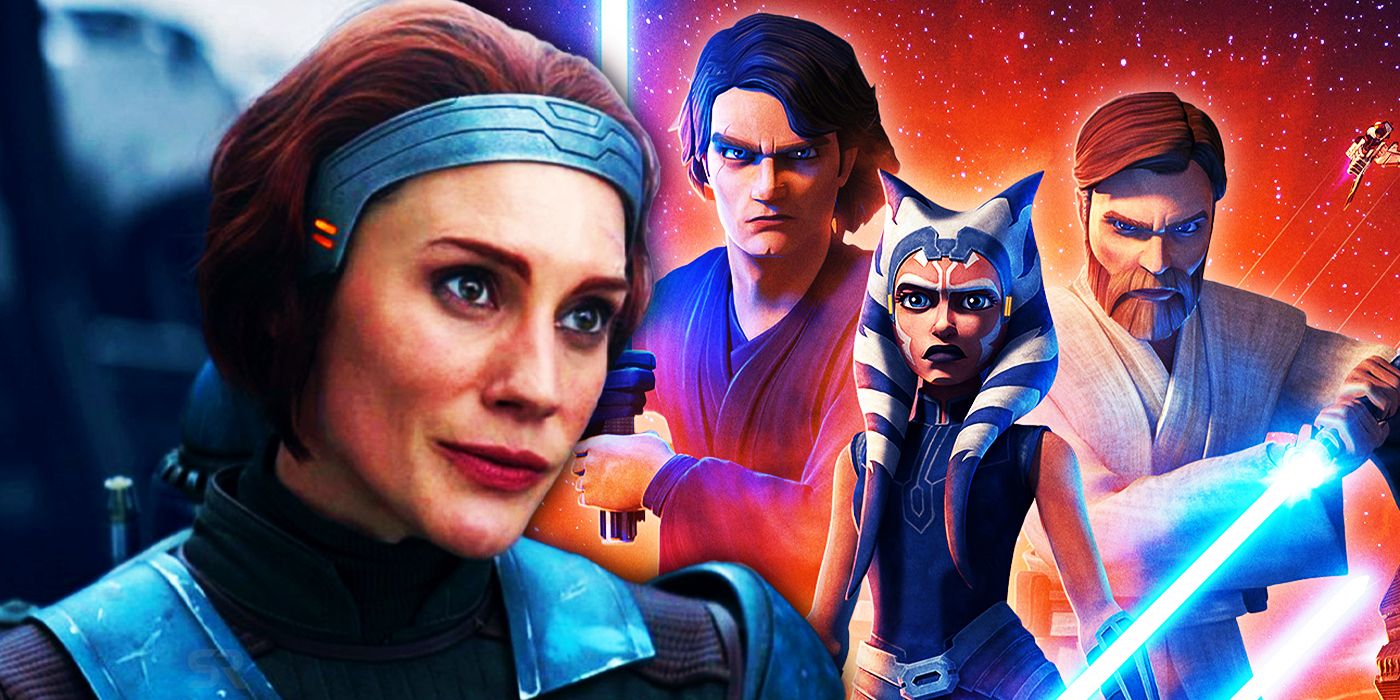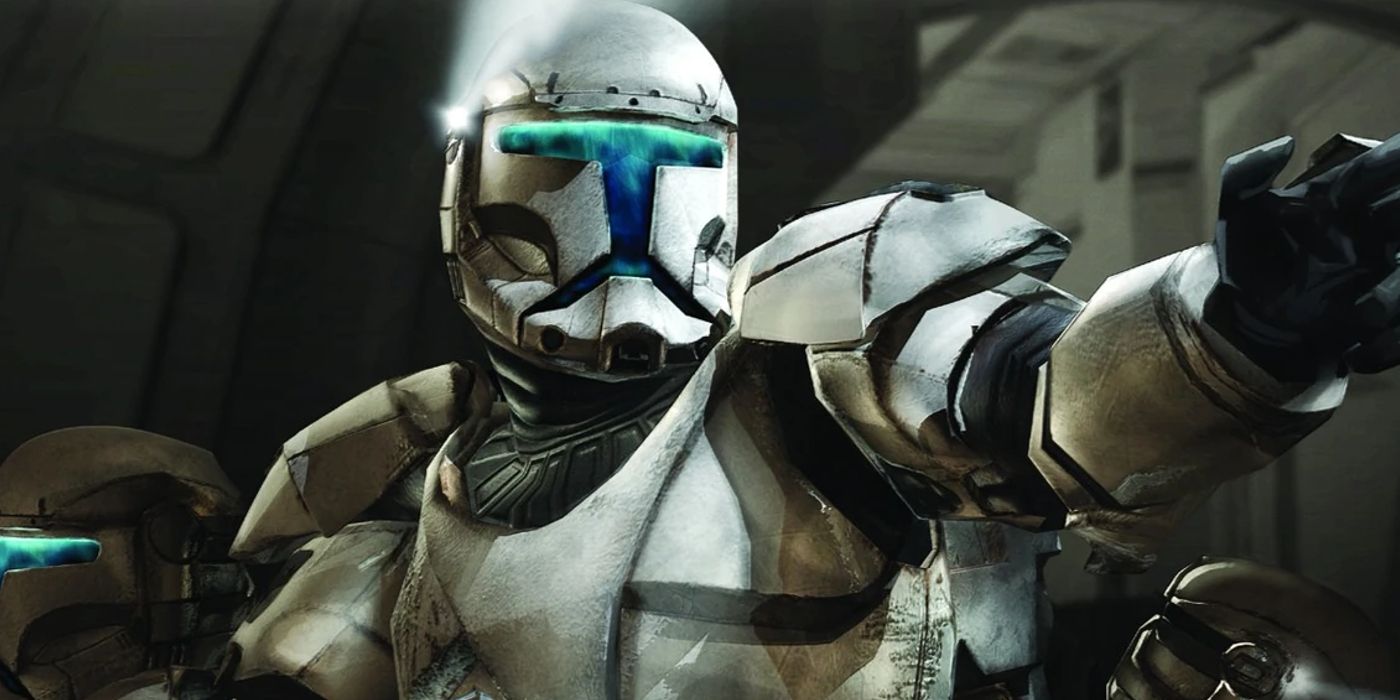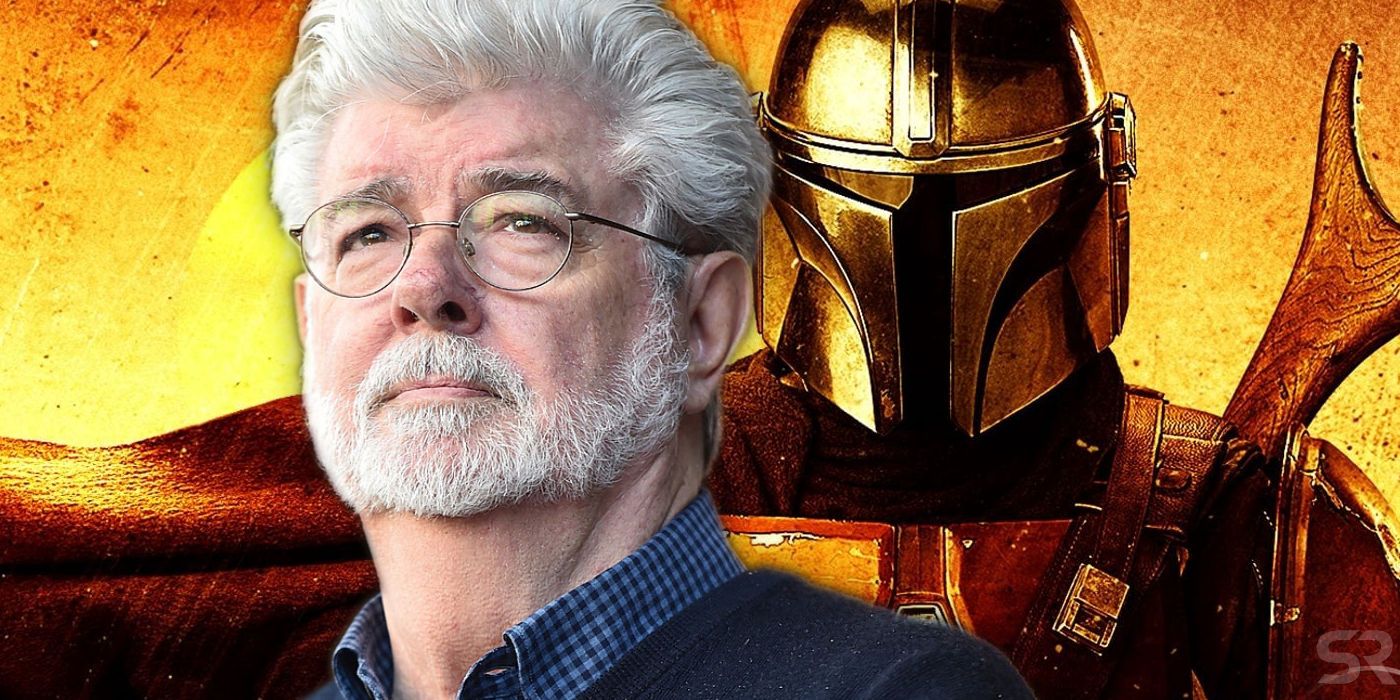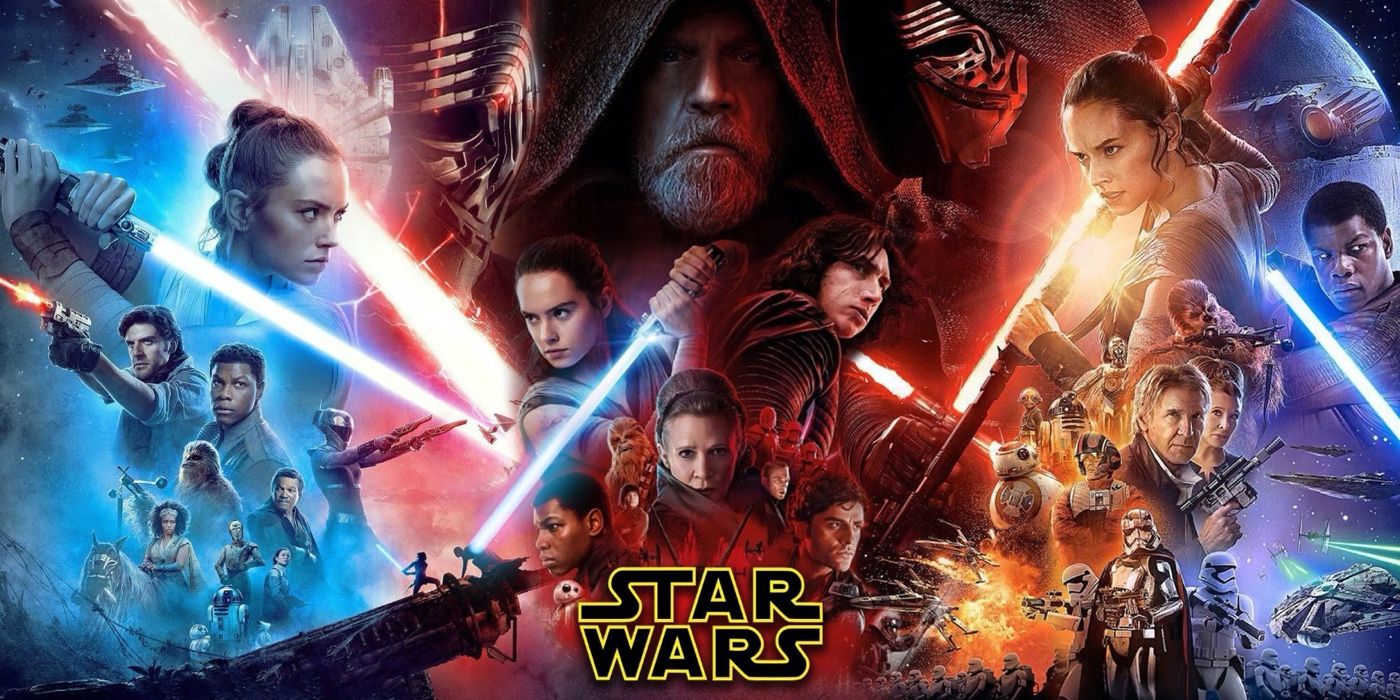There’s a strange sense in which the Mandalorians killed the Star Wars Expanded Universe. Star Wars has always been a transmedia franchise; the first tie-in book, Alan Dean Foster’s Splinter of the Mind’s Eye, was published in 1978 – before the release of The Empire Strikes Back. But this so-called “Expanded Universe” only really became a hit in the 1990s, in the aftermath of Timothy Zahn’s “Thrawn trilogy.” The Star Wars franchise soon expanded across mediums including New York Times-bestselling novels, comics, and computer games.
And then, as the decade came to an end, George Lucas returned to make the prequel trilogy. Lucas didn’t want to be boxed in by the Star Wars Expanded Universe; although he took ideas he liked (such as the galactic capital Coruscant, created by Zahn but introduced on the big screen in Star Wars: Episode I – The Phantom Menace), in general he had no qualms about contradicting ideas from the EU. Lucasfilm adopted a tiered approach to canon; Lucas’ own productions were “G”-level (God-level, or George-level), absolute canon, and anything in the EU could be retconned, rewritten, or dropped entirely based on Lucas’ stories. This naturally led to a great deal of tension in the fanbase, but an uneasy status quo gradually developed. This would last through most of the 2000s – until the Mandalorians became a canon-busting problem.
The Mandalorians Became A Crucial Part Of The Star Wars Expanded Universe
A British author hailing from Wiltshire, Karen Traviss became fascinated by the idea of exploring the Mandalorian culture. This led to a popular series of novels focused on the clone troopers during the Clone Wars, who were shown embracing their Mandalorian heritage. Traviss followed in the footsteps of some of the greatest science-fiction and fantasy writers, designing a new language and a rich, layered society. The books were best-sellers, and Traviss soon joined other writers in penning arcs set after Return of the Jedi, with a Mandalorian resurgence.
Traviss wasn’t universally admired. She clearly loved the Mandalorian culture she had designed far more than anything else in Star Wars, and couldn’t help contrasting the Mandalorians with the Jedi – with the Jedi tending to come up short in the comparison. Traviss was unusually active in Star Wars forums, too, and could be harsh and abrasive to those who weren’t as enamored with the Mandalorians as she was. She became increasingly controversial as the years went on – and then Star Wars changed once again, when George Lucas came out of retirement to work on Star Wars: The Clone Wars.
George Lucas Had A Very Different Idea For The Mandalorians
It didn’t take long for the Mandalorians to begin appearing in Star Wars: The Clone Wars – and in 2010 it became apparent his interpretation of the Mandalorians was very different to Traviss’. There were some superficial similarities, but the portrayals were just too contradictory, and – according to the tiered canon rules of Star Wars – Traviss’ books felt as though they were being invalidated. Traviss herself soon cut ties with Lucasfilm due to a contact dispute, but the timing of her departure seemed symbolic.
Canon in Star Wars has always been controversial. Lucas’ prequel trilogy had retconned many details, and entire stories had been branded non-canon (“Infinities”). But there had been nothing on this scale before; an entire bestselling series of books had been apparently dropped. The uneasy status quo underpinning the Expanded Universe had been pushed to breaking point.
Disney Erased The Expanded Universe To Prevent The Same Problems Happening
In 2011, Disney CEO Bob Iger arranged a meeting with George Lucas in which he raised the idea of Disney buying Lucasfilm. Lucas initially wanted what he called “the Pixar deal,” but Iger pointed out that Lucasfilm had many talented employees, but no directors, and no film development or production pipeline. Eager to improve the position, Lucas began work on his sequel trilogy. It’s notable that, yet again, he completely ignored the Expanded Universe. The stories he wanted to tell would have invalidated the entire post-Return of the Jedi EU.
Disney acquired Lucasfilm in 2012. The House of Mouse moved ahead with their own version of the sequels, and seem to have spent quite some time trying to decide what to do with the EU. Finally, in 2014 – alongside official announcements connected to the sequels – Lucasfilm confirmed the EU was effectively over. Committing to the old shared universe would lock in Disney’s own plans for the sequels, and the lore was becoming too vast and sprawling. Every film would make Star Wars rules of canon even more complicated, requiring fixes – or the decision to toss more books and comics out. Rather than deal with this confusion, Lucasfilm effectively decided to start again, branding the EU “Legends” and announcing a new status quo – one in which everything would matter. This was a simpler approach, although naturally it has become just as difficult to maintain as new canon grows at a remarkable rate.
Looking back, Karen Traviss’ Mandalorian books feel like a crisis point in the Star Wars Expanded Universe – the moment when it became clear the old model simply wouldn’t work. Lucas himself clearly wasn’t concerned with the issue, and Disney chose to follow his lead. And so the fate of the Star Wars EU was sealed.




